Oppose the Shek Kwu Chau Super-Incinerator
Proposal to reclaim protected land and burn 3,000
tons of waste every day
Public Forum
7 May 2013 (5-7pm)
Room S421 Hong Kong Convention & Exhibition Centre in Wan Chai
The public are invited to "participate, actively
deliberate, understand the current status of waste management thermal technologies and the applicability of these technologies
to Hong Kong." Admission is free of charge on a first come first serve basis.
'Thermal treatment technology is gaining
momentum around the world in order to meet the challenges in the disposal of
ever-increasing volumes of municipal solid waste (MSW) simultaneously producing
energy. Despite the wide application of combustion-based treatment technologies,
still the acceptance of these technologies by the public is a major factor of
concern. This public forum focuses on revealing the myths & facts, pros & cons,
developments in pollution abatement systems and the current status of different
thermal technologies. Expert panelists will deliver short presentations and open
for discussion with participants.'
Panel Participants
Mr Elvis Au, Assistant Director to HK's Environment Protection Department
(supporting the mass burn incinerator on Shek Kwu Chau)
Dr Lee Potts of AECOM (wrote the technical section
for the EIA approving the mass burn incinerator for Shek Kwu Chau)
Mr Peter Simoes, Technical Director for Afval Energie Bedrijf operating a
large incinerator in
Holland
Prof. Umberto Arena of the Second University in Naples specializing in
industrial pollution control
ie. how to make incinerators safer)
Prof. Nickolas Themelis of New York's Colombia University (with expertise in
thermal technologies other
than incineration)
The forum will be chaired by Professor Jonathan Wong of HK Baptist University
and Sino Forest Research Centre, who supported the SKC
incinerator proposal last April when Legco's Advisory Panel voted against it
(expertise seems to be on
general waste management)
Consider raising the following questions to
Elvis Lau
- Why have you done nothing in the last year to take forward the offer made by
Advanced Plasma Power (an offer made in March 2012 to the Legco Environment
Advisory Panel as well as to EPD) to build a pilot gas plasma plant processing
400 tonnes per day of MSW at zero cost to HKG to be operational by 2015, by
which to demonstrate the viability of this technology to process MSW into energy
at more than twice the efficiency of mass burn incineration, with negligible
emissions, and with no toxic ash or other byproduct needing to go to landfill?
- Why do you want to spend US$2billion to build (at a further US$45 million
annual ongoing operational cost - EPD's own figures) on a mass burn incinerator
processing only 3,000 tonnes MSW per day which takes 7 years to build when for
the same amount of money Hong Kong could within 4 years (allowing for an EIA and
public tender) be processing 9,000 tonnes MSW per day using gas plasma
facilities located at each of the 3 existing landfill sites?
- Why has EPD still done nothing to implement waste charging to reduce the flow
of MSW (which for cities such as Tokyo and Taipei has halved the annual volumes
of MSW within a couple of years) after its public consultation on waste charging
closed in April 2012?
- Why does the EPD not implement the requisite territory-wide infrastructure
(bins, collection systems, personnel) for the separation of organic and
inorganic waste (which would reduce the amount of MSW requiring thermal or other
special treatment by 70%)?
Total annual MSW currently going to landfill was estimated by EPD last year at
13,500 tonnes per day. Assuming waste charging, separation of organic and
inorganic waste and implementation of gas plasma facilities at each existing
landfill, it needn't be more than a few years before each of HK's landfills are
being reclaimed by back-mining their contents for energy (something which is
already happening in Europe) while the organic waste is converted into valuable
fertiliser, all of which could be run at a steady profit and without any
significant health risk.
By Tom Hope
Send your comments
- Write a letter :
http://tiny.cc/6dojh (sample letter)
- Contact local authorities :
http://tiny.cc/v8adg (list of contacts)
-
Comment :
https://203.169.143.33/eiacomment/Project_Comments.aspx
It is in the interest of every Hong Kong resident, ex-resident and visitor to
oppose the Shek Kwu Chau Super-incinerator
Waste management is a territory-wide issue
requiring integrated management. Informed citizens say the the Shek Kwu Chau
Super-incinerator makes no economic or environmental sense and they are offering
viable options. This proposal uses out-dated technology and extends the urban
footprint by reclaiming land on Shek Kwu Chau near Cheung Chau. We need to show our support for local citizen groups who invest
their personal time and professional expertise.
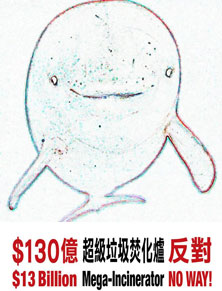 - Hong Kong generates about
18,000 tonnes of waste a day - Hong Kong generates about
18,000 tonnes of waste a day
- Super-incinerator will
generate 1 tonne of concentrated toxic ash every for 3 tonnes of waste
- Toxic emissions will be
blown onto South Lantau by the prevailing winds on average 25% of the year
- The estimated cost of HK$13 billion is HK$10 billion higher than alternatives
(HK$2,000 per Hong Kong resident)
- There has been no
progress in developing local integrated waste reduction, separation, recycling
and reuse systems
- The proposal will extend
the industrial, urban footprint deep into areas previously reserved for
recreation and conservation
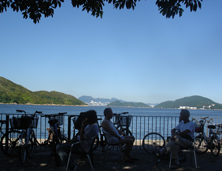  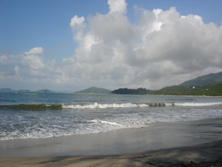 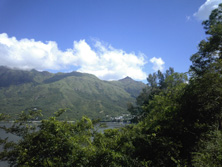
Judge is yet to give his ruling on Judicial
Review
Judicial Review proceedings
closed on 15 November and whatever the eventually decision, there is likely to be an appeal against
his decision so these proceedings are unlikely to be concluded until 2014 at
the earliest.
While the JR is running, it seems unlikely Hong Kong’s administration will seek
to re-introduce the Shek Kwu Chau incinerator proposal.
However, the campaign is far from won until the executive declares an
alternative policy which it has yet to do. And next week's public forum
indicates that EPD has every intention to press on with the SKC incinerator
project as and when it can.
Even if the JR overturns (for failure to comply with essential requirements) the
Environmental Impact Assessment which approved an incinerator for SKC (and
therefore also overturns the Town Planning Board decision, based on the EIA, to
approve the Outline Zoning Plan for SKC to include an incinerator), the
government can carry out a further EIA which does comply with essential
requirements and it can re-affirm the Outline Zoning Plan in ways which
unambiguously show there has been a change of government policy towards the
conservation status of islands offshore South Lantau.
It is worth noting also that Shenzhen, which already operates 7 incinerators
with capacity to process 4,875 tonnes of Municipal Solid Waste per day, plans by
2015 to have an additional 3 incinerators, processing up to 6,300 tonnes per day
– bringing Shenzhen’s total incinerator capacity to 11,175 tonnes per day.
By Tom Hope
Hong Kong is the World’s Largest Manufacturer of
Waste :
http://tiny.cc/g64ml
EPD proposes to adopt the most expensive,
time-consuming and environmentally damaging option, instead of applying its
energies to educating the public and legislating for comprehensive waste
reduction and recycling.
Thousands of sustainable jobs and new business opportunities are created when
waste-reduction practices become culturally ingrained, as has been proven in Japan, Taiwan and South Korea.
Following are some of the points made in the many documents prepared by local
citizens opposing the super-incinerator:
Alternative sites
- include pre-despoiled sites with no damage to marine life
- involve no risk of prevailing winds carrying emissions to populated areas of
Hong Kong
- are reachable by
land as well as sea
Cheaper Options
- Government has not disputed estimates of cost from members of LIM with
professional expertise
-
Environmental Impact Assessment (EIA) released Friday 18 November
Impact
- Emissions will be blown onto South Lantau by the prevailing winds 25%
of the year
- Proposed technology generates ash waste laden with toxins requiring careful
disposal with a real risk of entering the food chain over time
- Site is
in full view of South Lantau’s hills and beaches
Super-incinerator uses outmoded technology
- Government
has been planning this incinerator for a decade and new technology is now
available
-
Incinerators with plasma arc furnaces (underway in EU and USA) can be built more
quickly, more cheaply and with no toxic emissions
-
The Green Island Cement proposal uses waste to fuel its cement kilns and
processes more waste than proposed super-incinerator with no toxic emissions
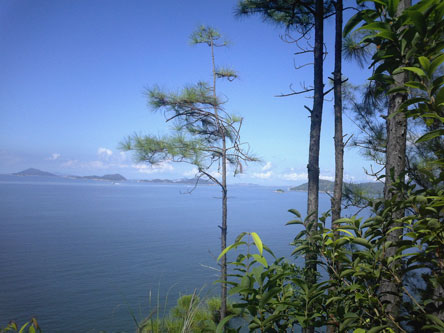
EPD
Photos : http://tiny.cc/ko6jr
Environmental Impact Assessment Report :
http://www.epd.gov.hk/eia/english/register/open/all.html
EPD Explanatory Booklet for the Proposed Integrated Waste Management
Facilities :
http://tiny.cc/7ju2d
GovHK Waste & Recycling in
Hong Kong :
http://www.gov.hk/en/residents/environment/waste/wasterecycinhk.htm
Find out what concerned
citizens are saying and doing (all documents)
Coordinated Local Initiatives :
http://tiny.cc/ah6ke
Living Islands Movement News Release :
http://tiny.cc/66exb
Green Lantau Association :
http://tiny.cc/y7eyc
Green Party Hong Kong :
http://tiny.cc/vnvzt
Letter to EPD from Martin Williams :
http://tiny.cc/9p7z4
Living Islands Movement :
http://www.livingislands.org.hk
Facebook Group :
https://www.facebook.com/NoShekKwuChauIncinerator
Green Cheung Chau Video :
http://www.youtube.com/watch?v=CWueOCfCwls
  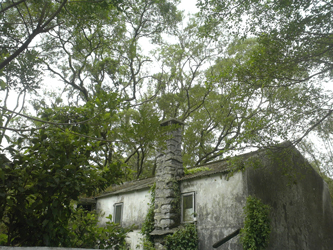
http://www.nytimes.com/2011/02/07/business/energy-environment/07green.html
Data compiled by the Organization for Economic Cooperation and Development shows
that Hong Kong easily outdid the world’s most developed societies in terms of
per capita garbage generation: 928 kilograms, or 78 percent more than the EU
average.
Two of the wealthiest societies in Asia, Japan and South Korea, produced 410
kilograms and 380 kilograms, respectively, of municipal waste per person each
year. That is equivalent to just more than 900 pounds for Japan and 835 pounds
for South Korea.
The figure for China was 115 kilograms. The US generates an average of 760
kilograms of trash per person annually, while the average in the European Union
was 520 kilograms.
More Links
Wikileaks :
http://wikileaksnews.net/hong-kong-worlds-largest-manufacturer-of-trash.html
21CB :
http://www.21cb.net/hong-kong-most-trash/
The Epoch Times :
http://www.theepochtimes.com/n2/china-news/hong-kong-trash-45099.html
GovHK Waste & Recycling in Hong Kong :
http://www.gov.hk/en/residents/environment/waste/wasterecycinhk.htm
Shenzhen plans world's largest incinerator
http://topics.scmp.com/news/china-news-watch/article/Shenzhen-plans--worlds-largest--incinerator
 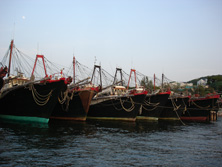  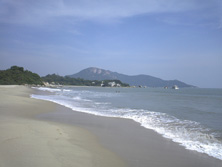
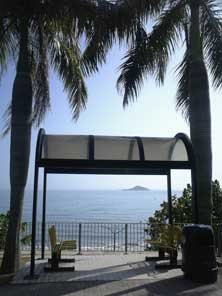  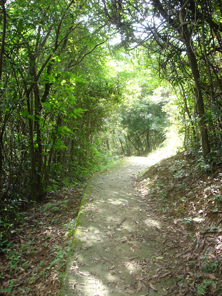 
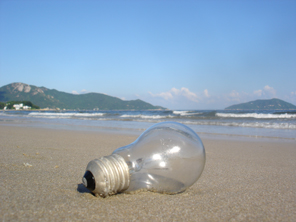  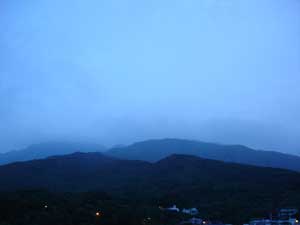
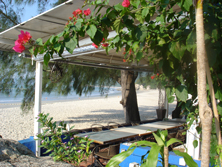  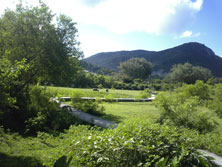 
|